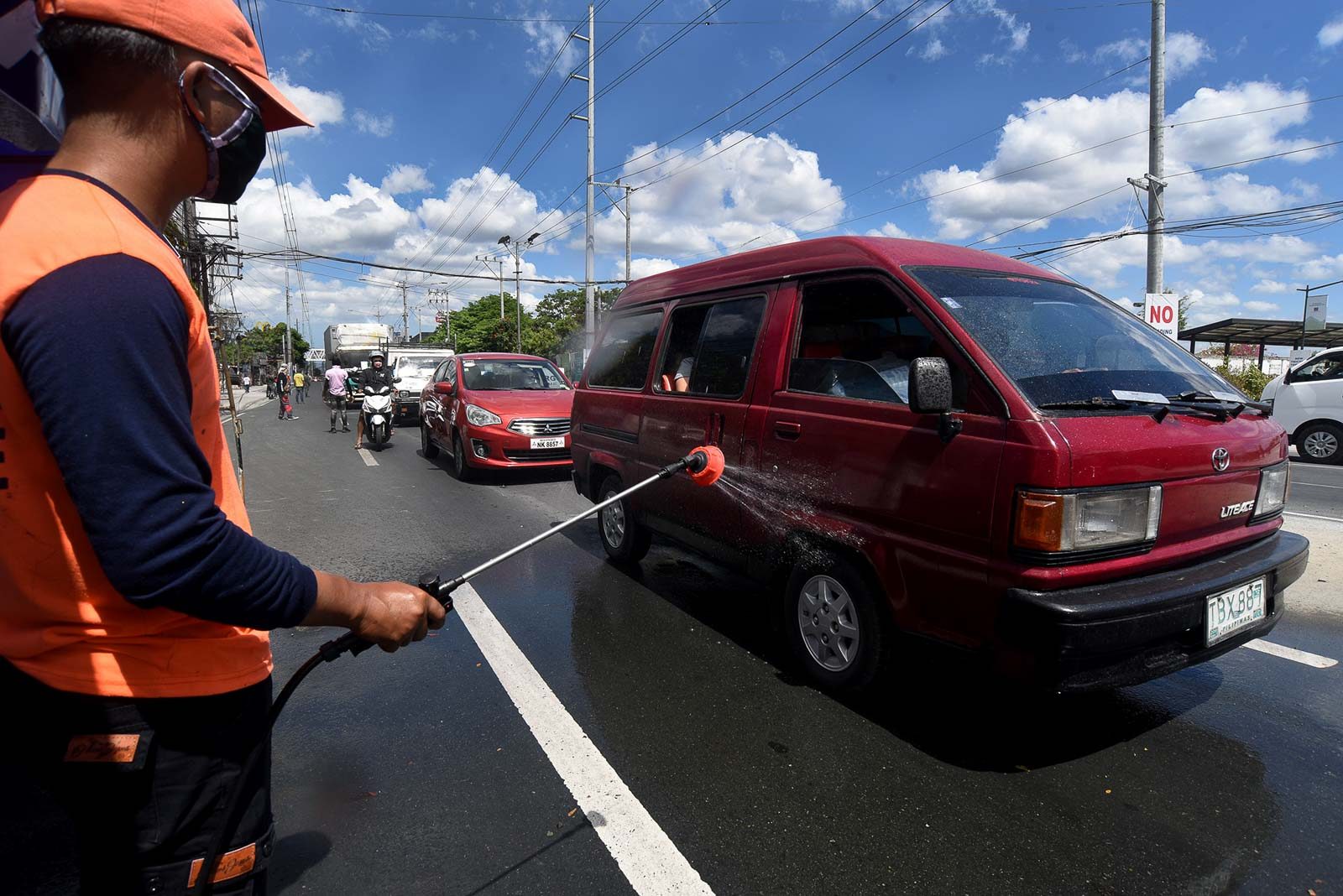SUMMARY
This is AI generated summarization, which may have errors. For context, always refer to the full article.

MANILA, Philippines (UPDATED) – A recent study from the University of the Philippines (UP) COVID-19 Pandemic Response Team found that an extended community quarantine, whether enhanced or modified, would help flatten the curve of COVID-19 cases in the country.
The UP team – mostly composed of mathematicians across different UP campuses – estimated a peak of COVID-19 cases in the country by the end of April to June, with approximately 140,000 to 550,000 people infected in Metro Manila.
These figures include undetected, mild, and asymptomatic cases which would comprise “probably” 80% of the total. According to the study, these estimates can help guide testing capacity requirements for the succeeding months.
The study analyzed 3 possible scenarios after April 12, the day Luzon’s “enhanced community quarantine” was supposed to be lifted:
- no interventions
- modified community quarantine
- enhanced community quarantine continues

A scenario of no interventions after April 12 would yield a curve with the highest possible peak.
Meanwhile, a modified community quarantine scenario, according to the graph, would still yield a peak, but one that is lower than if there were no interventions.
“Community quarantine buys us time to beef up our health care system’s capacity, while limiting the reach of the disease,” the study said.
It added, “Thus, a modified, location-specific quarantine scenario can be explored in light of public health care realities on the ground (e.g. the number of ventilators, hospital beds) and possibly different peak periods across LGUs (local government units) throughout the country.”
Lastly, extending the enhanced community quarantine, without excluding particular areas, would flatten the curve the most, according to the study.
Non-medical interventions such as school and work shutdown, requiring face masks in public, handwashing, and physical distancing “can reduce the spread of the virus and flatten the curve,” the study said.
“Simulations can be improved further with more detailed information gathered using online survey forms, where each LGU can input data at barangay level on a daily basis,” the report recommended.
LGUs can report data points, such as the number of people tested, to improve the analysis of the situation and help make data-driven decisions on which areas should be included in a modified community quarantine scenario.
Contact tracing with the aid of technology would also expedite the data collection for local governments.
“We have to gather – and share – as much data as possible, apply the best science available, and ultimately listen to what the numbers could tell us,” the report said.
Other health experts have estimated that the number of cases in the country may reach anywhere between 26,000 to 75,000. (READ: Ex-DOH chief: Actual number of virus cases could reach 75,000 in 2 weeks)
As of Sunday, April 5, Quezon City and Manila have the highest number of COVID-19 cases in Metro Manila, with 501 and 215 cases respectively. (READ: PH coronavirus cases in maps and charts: What the data says)
The Department of Health on Wednesday, April 8, reported a total of 3,870 confirmed coronavirus cases, with 182 deaths and 96 recoveries. – Rappler.com
Add a comment
How does this make you feel?
There are no comments yet. Add your comment to start the conversation.